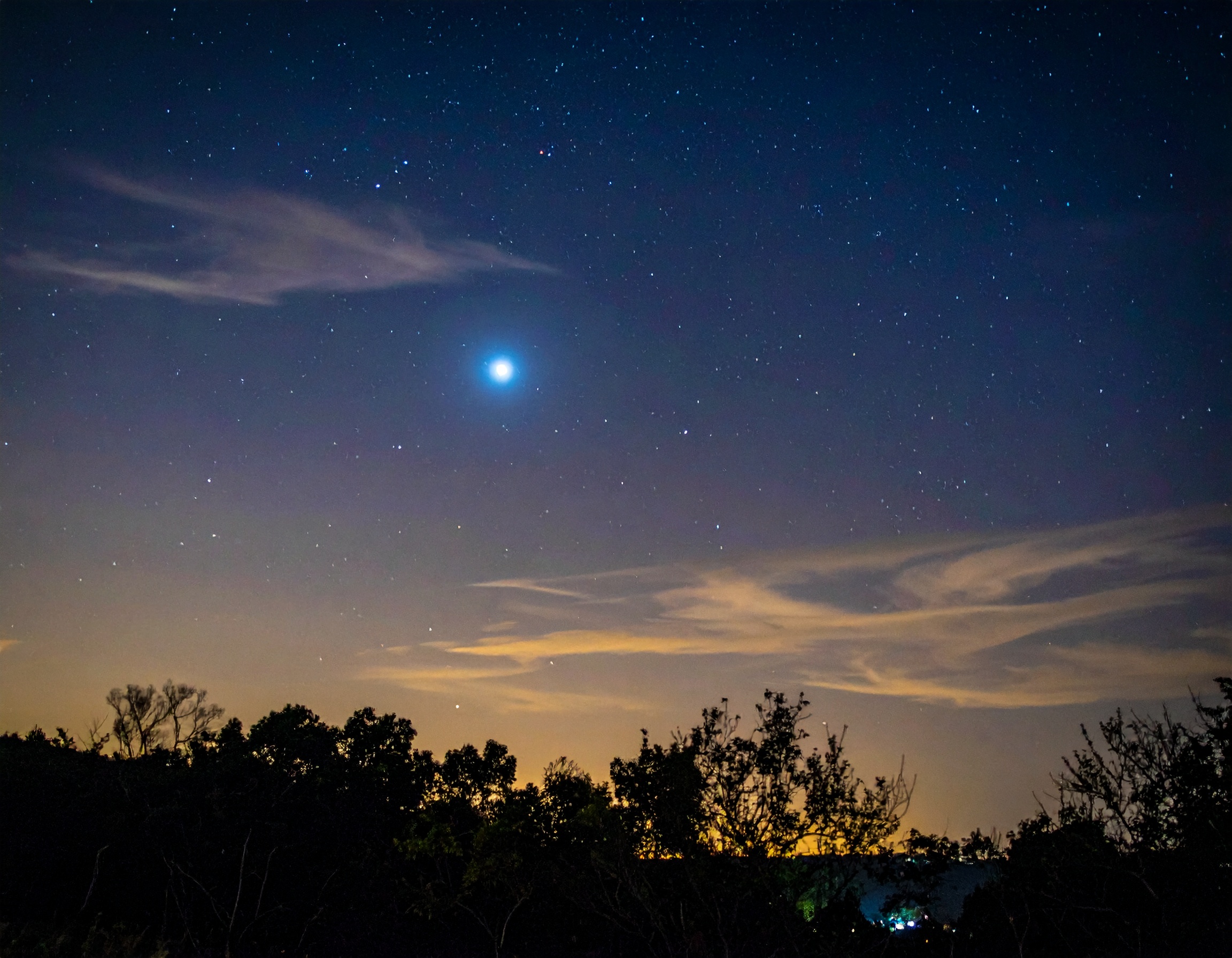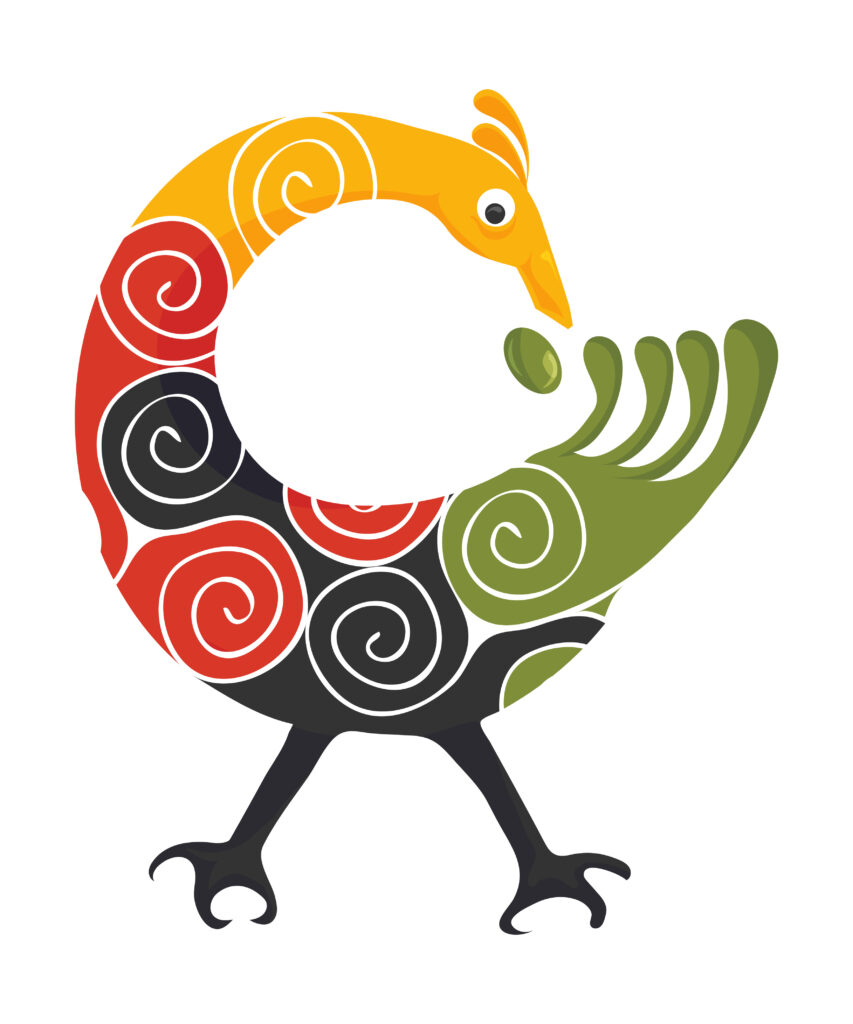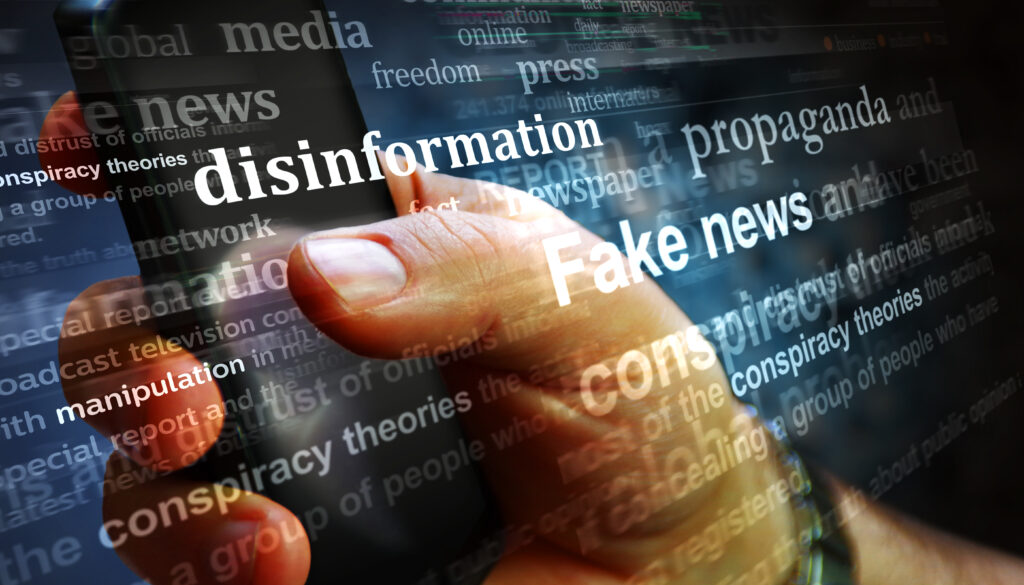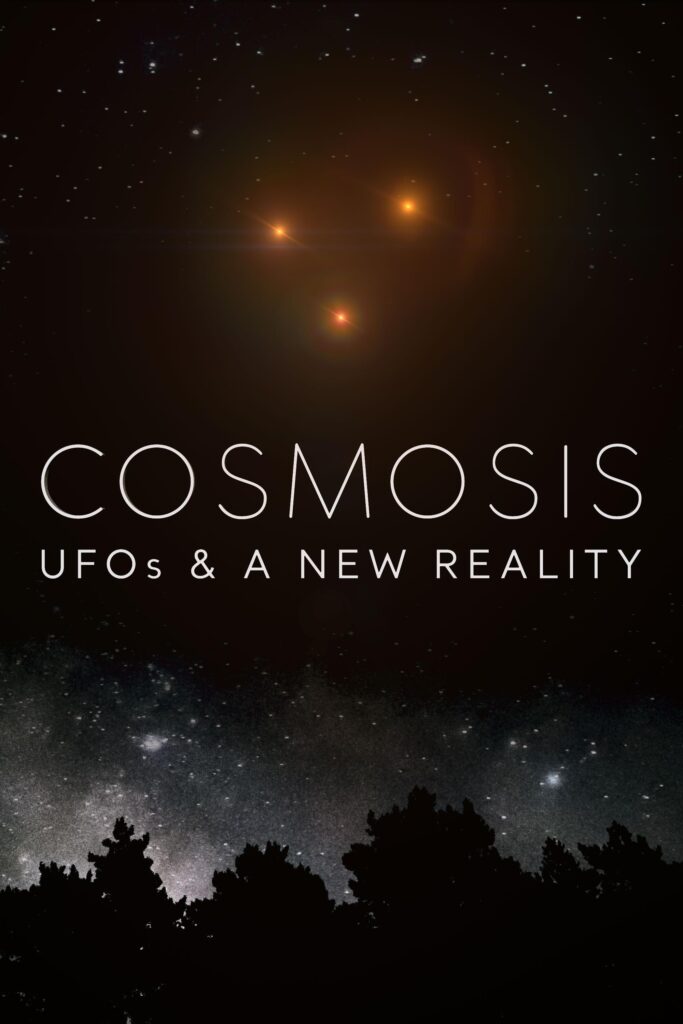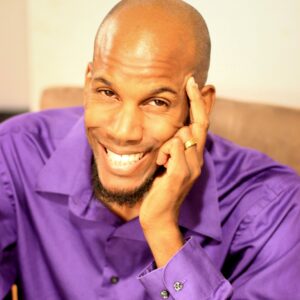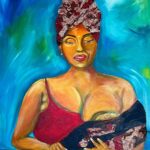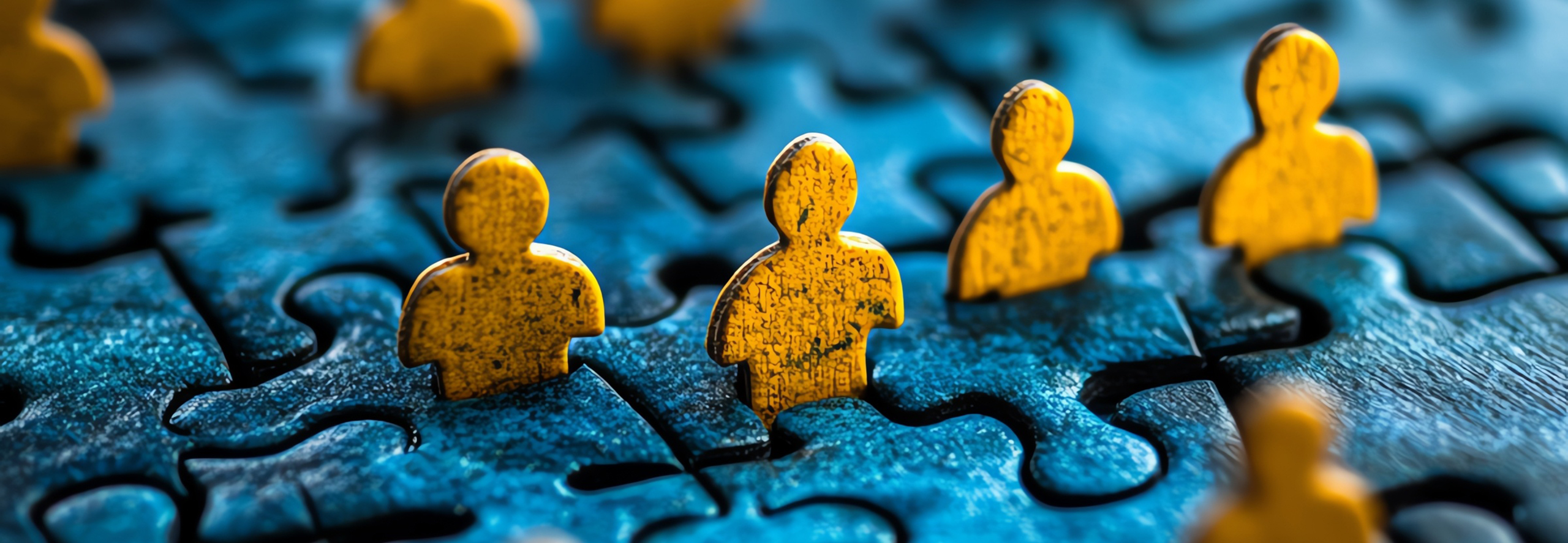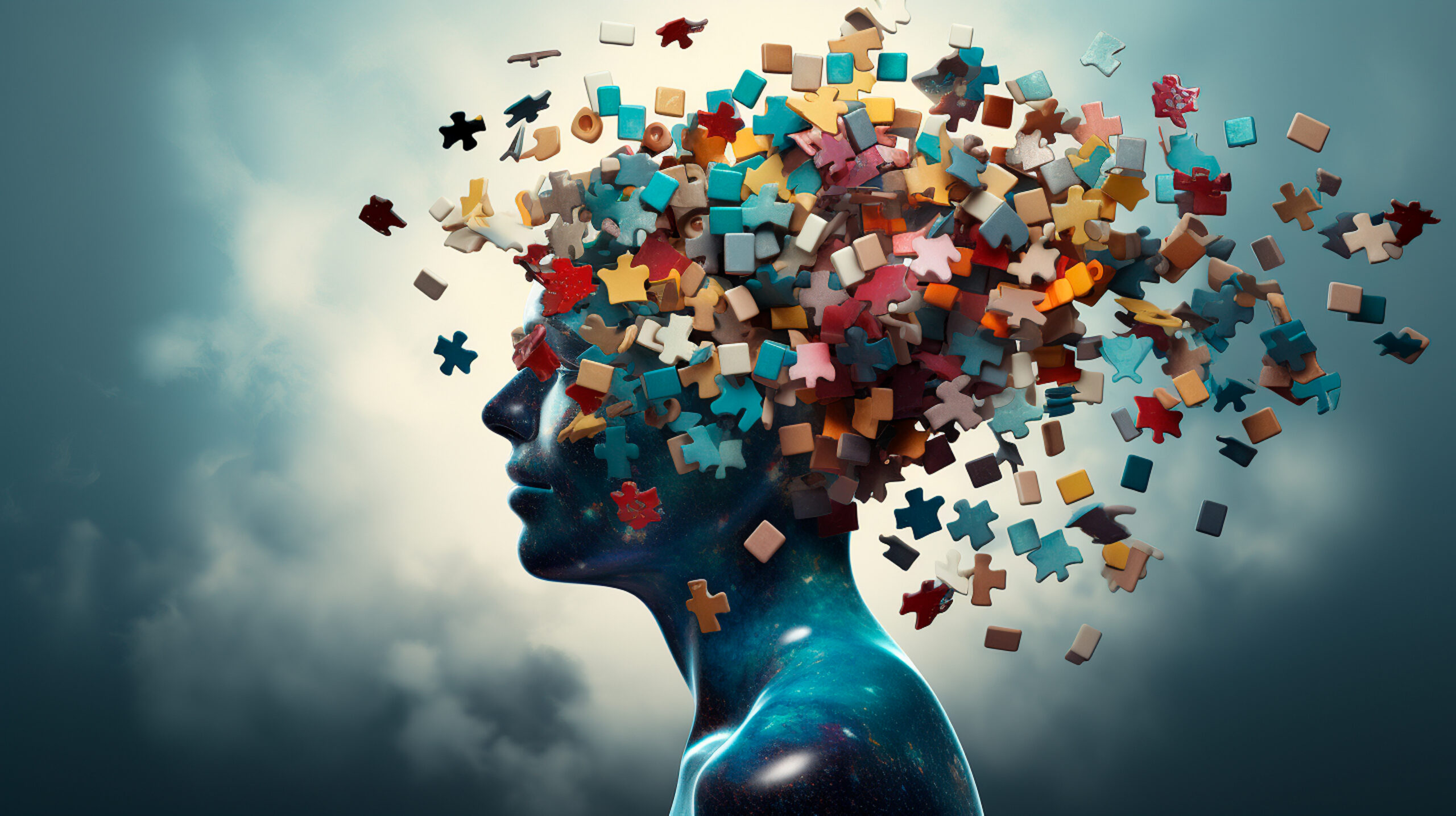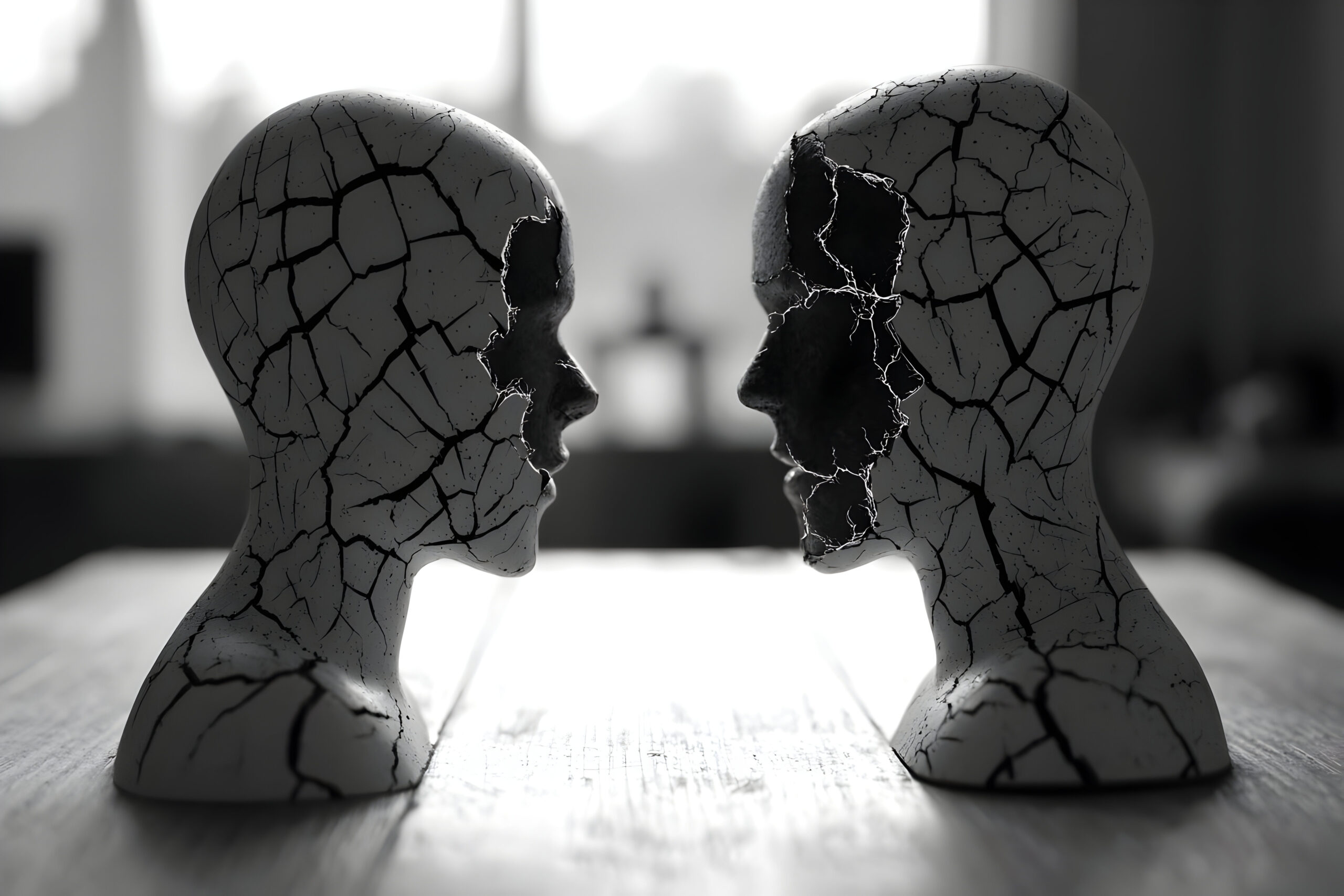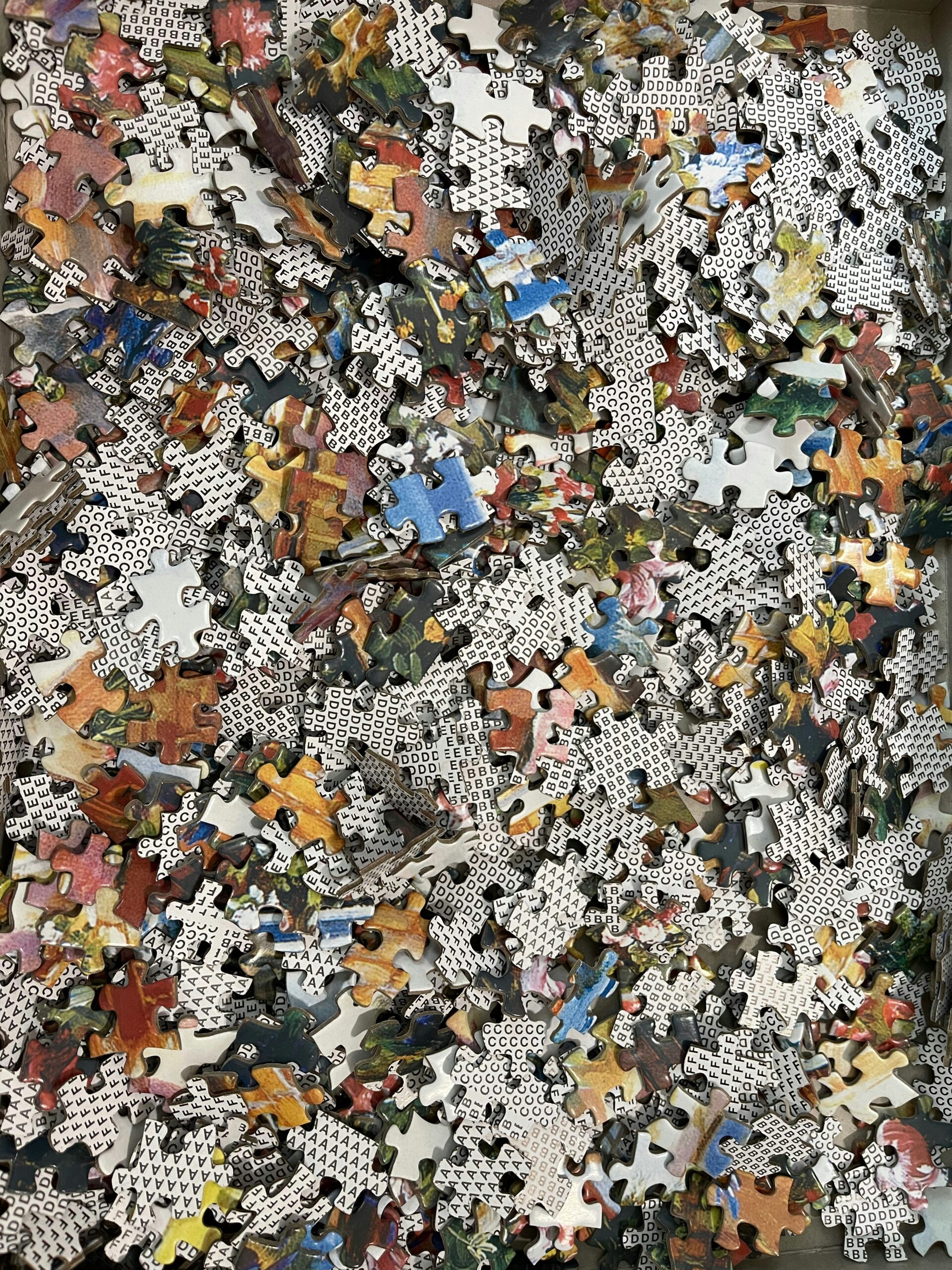Applied to the sociocultural construction of UAP and psi phenomena, best-selling author and well-known extended experiencer Whitley Strieber draws attention to the control mechanism of “social engineering” that vilifies experiences and suppresses knowledge about EHEs (Chase & King, 2024a, 17:38); further, anthropologist and ufologist Michael P. Masters comments on the concerted and forced disinterest in these EHEs within U.S. culture that has to be actively worked against (Chase & King, 2024a, 18:18-18:46). However, if these events are effectively accepted and integrated, then perhaps the taboo and stigma have been shattered. Echoing the call of sankofa, that which has been actively repressed or unconsciously suppressed has been intentionally re-membered (i.e., unified again into some coherent whole; Levine, 2015).
To illustrate, we turn to the case of experiencer Max McCabe (Chase & King, 2024c). During the pre-dawn hours one morning in 2014, he was stargazing outside of his home while making a wholehearted intention to commune with his deceased loved ones (Chase & King, 2024c, 4:34-4:58). Immediately thereafter, Max had an intense EHE during which he experienced a conscious connection with several aerial entities, inviting him into deeper contact with his own consciousness and the wider cosmos. Often, sankofa is understood as a literal call to commune with one’s ancestors, which is precisely what Max had been doing. Arguably, he responded that day to an invitation to connect with something greater than his everyday or typical reality.
That said, going beyond the typical is precisely what ufology (i.e., the study of unidentified flying objects/phenomena and related topics) and parapsychology ask of us. In Vallee and Davis’ (2009) six-layer model of UAP characteristics (i.e., physical, anti-physical, psychological, physiological, psychic, and cultural), which is discussed in the docuseries, we see elements of the so-called nuts-and-bolts aspect of the phenomena (e.g., the physical characteristic, such as observed flight). However, we see the liminal and non-normal (e.g., the psychical and physiological effects and other characteristics that defy what is considered typical in Western culture) illustrated in the series as well. In particular, it is the psychical and anti-physical (e.g., apparent levitation of abductees, etc.) characteristics that evoke the liminal and trickster (Hansen, 2001) nature of UAP, but it is also these very same elements—often evocative of what J. Allen Hynek (1972) termed high strangeness, which is the presence of multiple elements that go against common assumptions about the way that reality works—that fundamentally tie the UAP to parapsychology.
For example, Whitley shares the following:
…When my wife [Anne Strieber]… started to get people to come up to our cabin to have close encounters, [the encounters] would always be announced by someone finding that their dead friends or relatives had showed up either during the experience or a few hours before. And whenever that happened, Annie would say to me, “You’ll see the visitors tonight,” and we always did. (Chase & King, 2024a, 50:10-50:35)
The after-death communications (ADCs) from deceased loved ones that he describes have been a significant site of study for parapsychologists and their cultural forebears, and these phenomena arguably play a crucial role in alleviating death anxiety and/or fear of the paranormal. Neda Wassie, a doctoral student whose committee I serve on, will be researching the subject of NDEs (near-death experiences) and adaptive approaches to death anxiety, which may involve ADCs. I find such work to be quite meaningful, at least because of the fact that this kind of research seems to actuate the kind of turn that sankofa does, moving beyond the threshold to communion with oneself and, ideally, with loved ones who have left their mortal coil.
Moreover, what Whitley refers to as a “deposit of information” (Chase & King, 2024a, 19:47) into the minds and memories of experiencers is not only tied to what sankofa symbolizes (e.g., re-connection with ancestral wisdom), but is also a fundamentally noetic engagement (i.e., from the Greek gnosis, or knowledge and indicative of information that is received or perceived outside of the five senses). In other words, the statement that it is not taboo to retrieve what has been forgotten can be viewed as an explicit call for experiencers to actively integrate EHEs to understand themselves and the larger world better—both seen and unseen—in which we live.
As ufologist and content creator James Iandoli and Professor of Religious Studies and Associate Dean Jeffrey Kripal reflect in episode three, the weirdness and charged nature of the experience can fly in the face of established understandings not only of how the world works, but of who humans are and how we work, each of which are important matters noted in the parapsychological literature as well (e.g., Belz & Fach, 2012). Moreover, it is largely due to the ontological shock (Mack, 2007; Tillich, 2011) that EHEs can evoke that experiencers often attempt to dig deeper into what happened in an attempt to accommodate to and integrate the event(s). However, as Kripal (2019) and others have stated, one must not turn away from these events but rather turn toward them. This movement is not always easy, nor is it the only way to move forward, but when it is engaged in fully with proper supports in place (Mack, 2007), it can be a meaningful and adaptive movement.
One of the potential barriers to such a turn is recognition of the profound diversity of the weirdness (e.g., Cardeña & Krippner, 2000; Cutchin, 2023; Cutchin & Renner, 2020; Esbjörn-Hargens, 2020; Hunter, 2021) that can overlap with the UAP experience. Indeed, as King notes, “it is actually incredibly common for people to experience more than one type of anomalous phenomen[on]…” (Chase & King, 2024b, 11:32-11:38). And to illustrate further, space and aviation psychologist Iya Whiteley (Chase & King, 2024b, 15:49-16:10) notes the presence of various after-effects that can affect the lives of experiencers (e.g., synchronicities, etc.); unfortunately, openly discussing those matters tends to be actively suppressed, particularly in the aviation, astronautical, and military fields.
Following our earlier consideration of the cultural layer of UAP characteristics, author, extended experiencer, and content creator Robin Lassiter notes that Western culture has made it quite taboo to discuss the so-called paranormal elements of their experiences; fortunately, if space is made for people to share such concerns safely, then experiencers may open up more. Active debunking, obfuscation, and suppression of the validity of UAP has been more or less present from the start of the modern era of ufology, with projects from Projects Sign, Grudge, and Blue Book (Chase & King, 2024a, 18:08-18:33) up through the All-domain Anomaly Resolution Office (AARO; Chase & King, 2024b, 9:25-10:02) at present actively producing stigma or dismissing the importance of the matter. Indeed, Professor of Religious Studies and author Stephen Finley (Chase & King, 2024c) notes that various cultural institutions can stifle open discussion about such phenomena.
